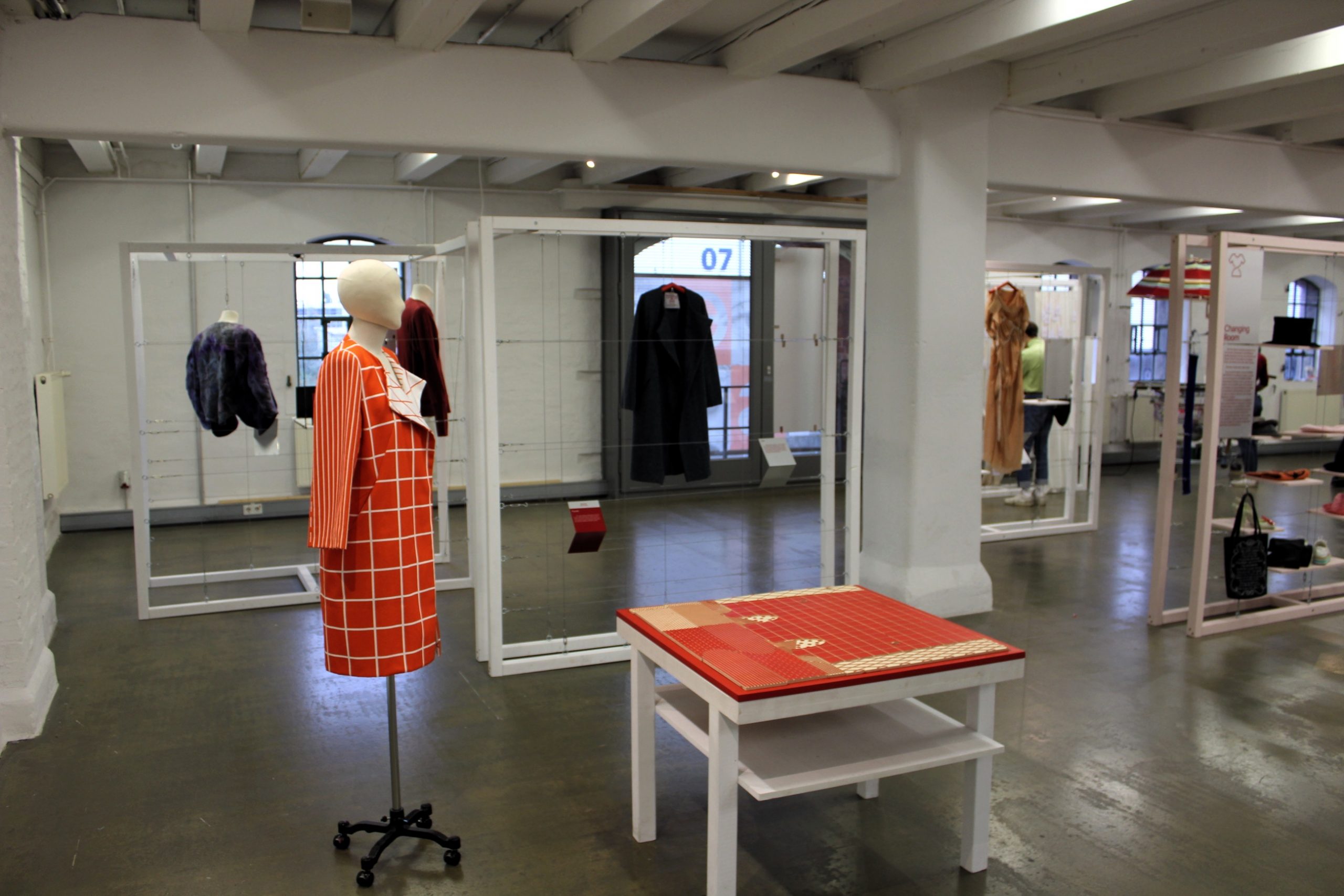Audio guide for a museum exhibition (use-less)

WINNER 2022 | Category: Social & Culture
Entrant
University of applied sciences and art Dortmund
Abstract
Clothes tell stories. How did they come into being? Who bought them? Why were they thrown away? The audio guide for the exhibition “use-less” raises awareness about the problems of the fashion industry and shows possible alternatives through a creative, easily accessible concept, multiple identification possibilities and auditory experiences.
Description
Clothes tell stories. How did they come into being? Who bought them? Why were they thrown away? “use-less” shows what is in our wardrobes and what is behind the idea of slow fashion. The exhibition “use-less” presents the results of slow fashion research at Hanover University of Applied Sciences and Arts. The pieces shown make it clear how fashion can be designed to be long-lasting, resource-saving and beautiful. The exhibition also asks what consumers can change. Not only renunciation, but also transparency and participation are important to make fashion sustainable.
Environmental protection and fair working conditions play just as important a role as materials, creativity and aesthetics. In order to provide a different level of sensory experience in addition to the visual and haptic aspects, students from the Sound Design course at the Dortmund University of Applied Sciences and Arts developed an auditory concept for the LWL Industrial Museum TextilWerk Bocholt, consisting of an audio guide and several soundscapes.
Since the fashion industry, as a global problem, affects everyone and can be viewed from different perspectives, people with diverse social backgrounds were to be addressed and as many possibilities for identification as possible were to be created. It was also important to enable a low-threshold access that puts the positive alternatives of slow fashion in the foreground without losing sight of the negative aspects of fast fashion. In this way, reflection processes and an open discourse were to be initiated without lecturing the visitors.
To achieve this, four versions of the audio guide were available. Depending on personal preference, visitors could choose between the cheerful fashion student Mona, the technology-enthusiastic IT student Benjamin, the factual cultural scientist Amira, or the culturally interested pensioner Theodor as their guide. Even though the content is almost the same, the different pace of speech, the way of talking and the way of communicating knowledge allow for a completely different approach. This personal level was supplemented with factual information, statistics and new findings from textile research by two narrators acting as voice-overs.
In order to ensure the easiest possible access from a technological point of view, visitors could either borrow players and headphones or access the different parts of the audio guide with their own mobile devices via QR codes at the stations. The nine stations of the audio guide were complemented by four soundscape compositions. Here, visitors could immerse themselves sonically in the traditional craftsmanship of a tailor’s shop, retrace the journey of our clothing from the cotton field to the shop counter, listen to the ambient sound of a clothing shop or the verbalized desire of old clothes to be recycled. Through these design elements, it was possible to create additional meaning through a sensual experience beyond the mere imparting of knowledge.